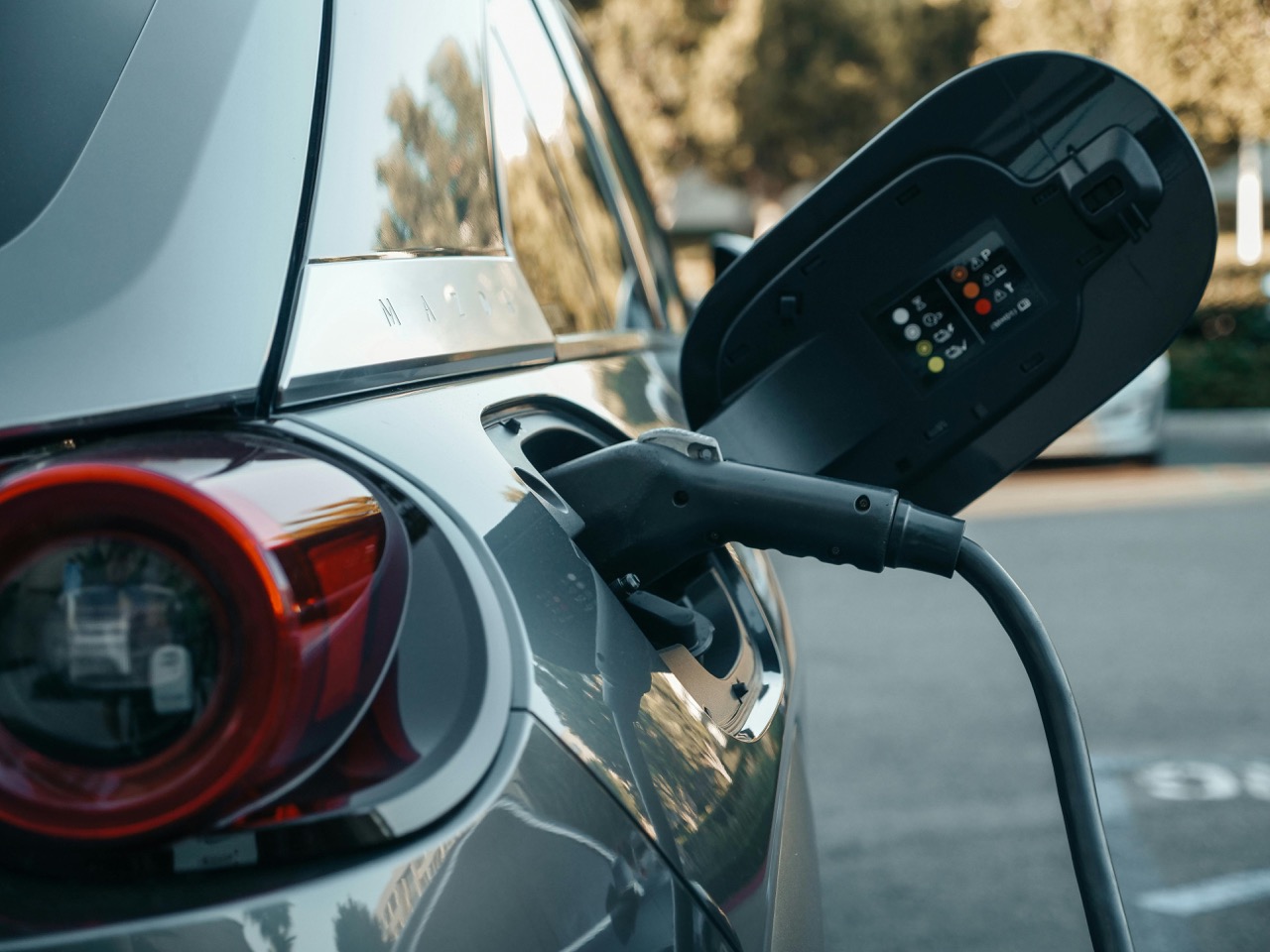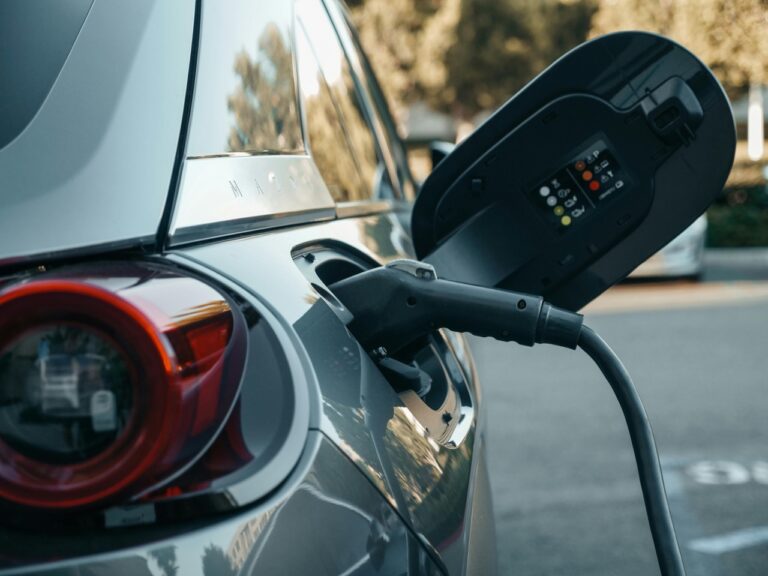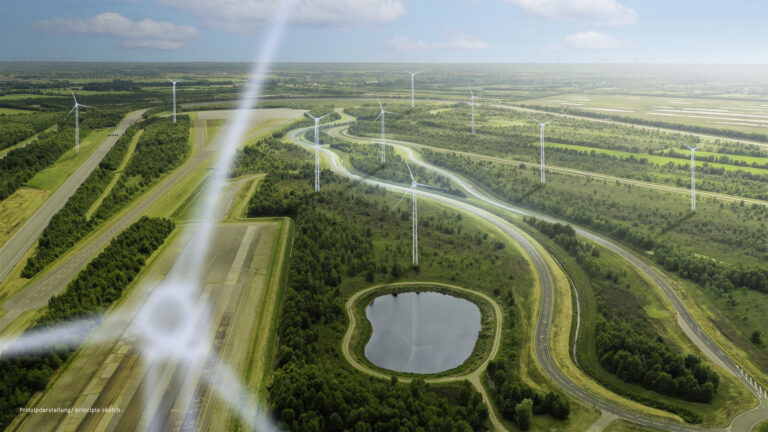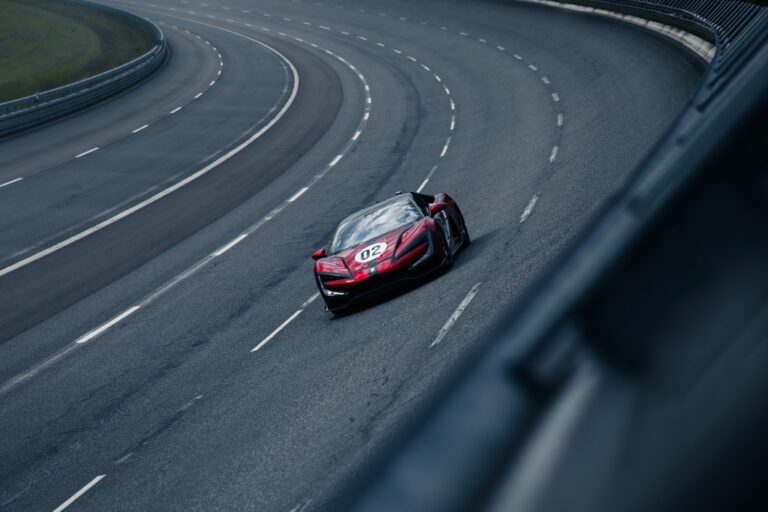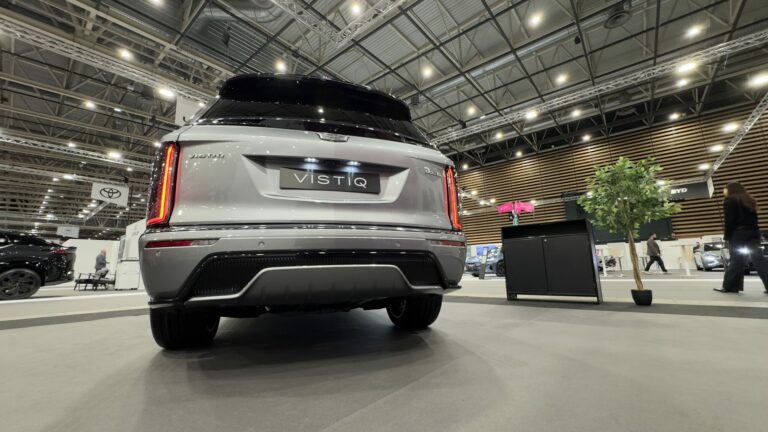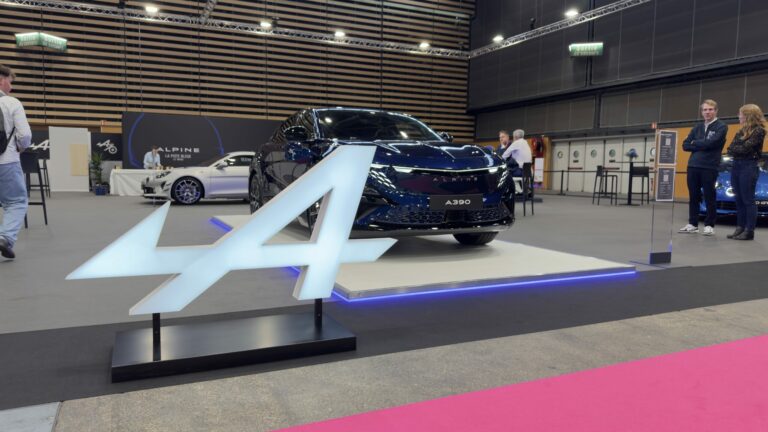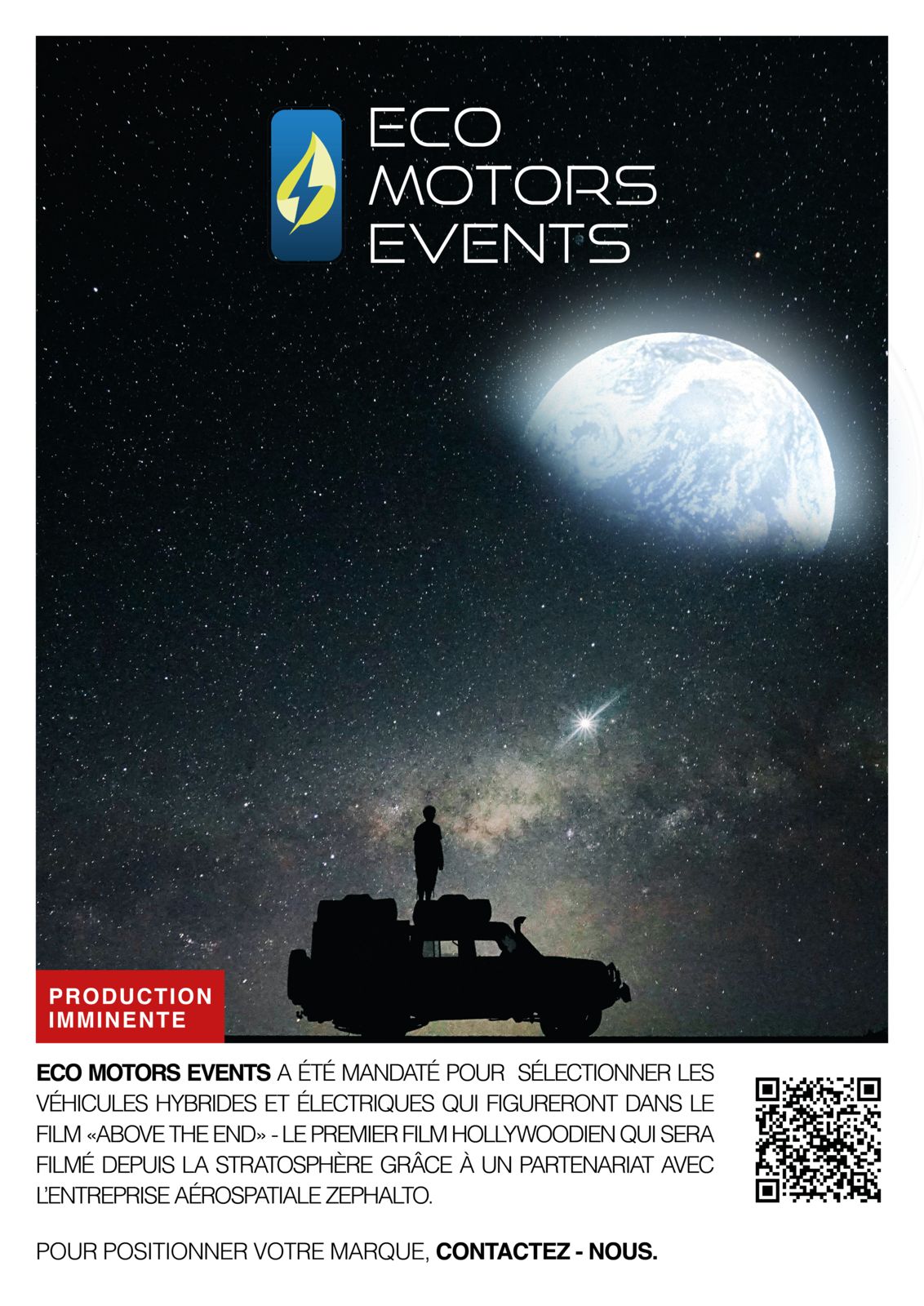More than a year after the success of the 2024 social leasing scheme, this aid scheme is making a comeback on 30 September. The government’s stated aim is to widen access to electric cars for the poorest households, but with a stricter framework and rethought financing.
A project not funded by the State.
Until now, it was the State that put its hand in the pocket. From 30 September 2025, the scheme will come under the CEE (Certificats d’Économie d’Énergie) umbrella. To put it simply, from now on it will be the energy suppliers who finance it, for a total budget of €370 million over 2025-2030, with maximum support per vehicle estimated at €7,000 (compared with €13,000 previously).
Stricter eligibility conditions.
The conditions remain tight: you need to have a reference tax income per unit of less than €16,300, be over 18, live in France, and prove that your car is used for a journey of at least 15 km between home and work, or at least 8,000 per year for business reasons.
Another rule is that this aid cannot be combined with the ecological bonus or the conversion premium. To compensate for this, and to remain true to its promise of accessibility, the scheme ensures that rental prices will remain controlled: maximum €200/month, and each supplier will have to offer at least one product at €140/month or less.
Eligible vehicles.
This year, eligible vehicles will have to meet certain criteria: they must be 100% electric, cost less than €47,000 and weigh less than 2.4 tonnes. The possibilities are therefore limited, and certain models such as the electric Citroën C3, the Renault 5 E-Tech and the Fiat e500 are expected to qualify.
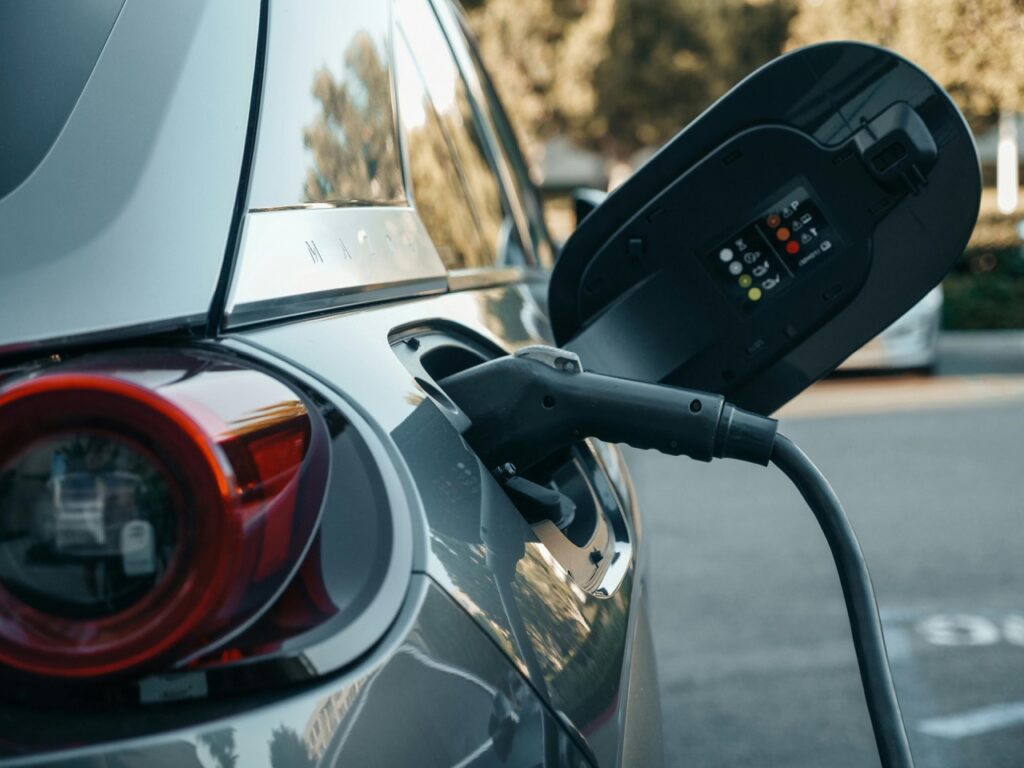
An almost obvious success.
Following on from the success of its predecessor in 2024, social leasing 2025 is likely to be a runaway success, with Stellantis claiming to have already received more than 120,000 applications, and Renault, tens of thousands. The government is making 50,000 vehicles available under this social leasing scheme, and this quota is likely to be reached quickly.
With this new framework, social leasing aims to remain a gateway to electricity for low-income households, while reducing the public bill. The new scheme is more structured, less generous and, above all, designed to last.
It was also an opportunity to meet the world’s biggest manufacturers of electrified vehicles, such as Tesla, who came accompanied by the already iconic Cybertruck. BYD presented its entire ultra-efficient electric armada. But also Wolvslagen and its new Polo ID4, Toyota and Nissan. 400 production vehicles were available to test drive directly on the show site.
During the 5 days of the show, you could find a total of 5 Halls for as many themes, including 1 specially dedicated to second-hand vehicles. Or 1 other showcasing the world’s most beautiful and impressive supercars.
And when you think of the Motor Show, you think of car enthusiasts. Numerous exhibitors were on hand to showcase and display cars of all kinds.
With more than 70,000 people expected to attend, the Lyon Motor Show put electric mobility at the forefront of the agenda, and is set to further develop the way we think about driving.

